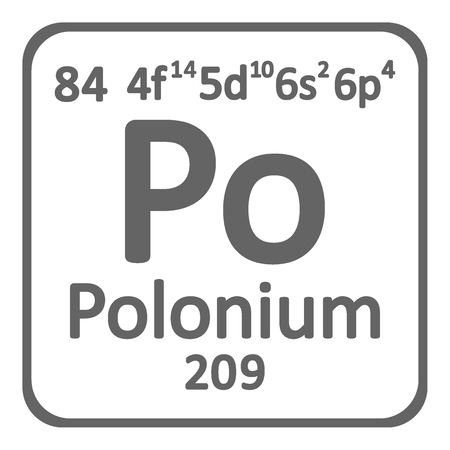Activity of uranium
My first result was the finding that the activity of the uranium compounds depended only on the quantity of uranium present. I hypothesized that the radiation was not the outcome of some interaction of molecules but must come from the atom itself. This hypothesis was an important step in disproving the assumption that atoms were indivisible.
Selected publications


